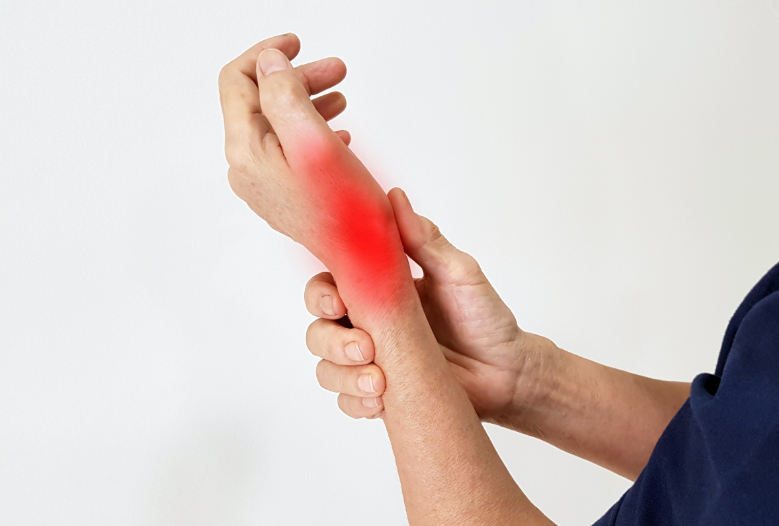Carpal tunnel and hand numbness
Repetitive movements of the hand and wrist, prolonged posture of the latter, frequent use of vibrating tools, these are many situations that can cause carpal tunnel syndrome. Why? Because they put too much pressure on the tendons and the median nerve, thus modifying the space of this extensible tunnel found at the base of the wrist.
Among the symptoms, we can name:
- loss of sensation, numbness and tingling in the fingers;
- difficulty holding objects;
- wrist and palm pain.
Many people suffer from this syndrome, which can be diagnosed with a physical examination of the hand. Although carpal tunnel syndrome is benign, if it is not treated quickly, it can degenerate into chronic loss of sensitivity, or even partial paralysis of the muscles of the hand. But, do not panic, there are several treatments and means of prevention to alleviate the carpal tunnel syndrome.



